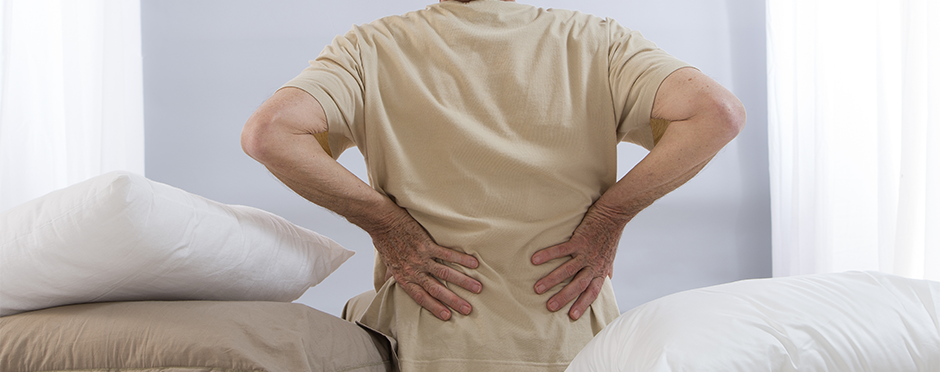
Full Disc-losure: What You Need To Know About Back Pain
Leave a CommentLow back pain affects roughly 30% of the American population annually. Back pain is typically separated into discogenic pain (damage to the disc) and non-discogenic pain. However, many causes and other structures can be involved in low back pain. Identifying the root cause of discomfort can be a major step toward decreasing pain and improving function. Low back pain can have many causes:
Discogenic Pain
Discogenic pain occurs when there is injury to the disc. The damage can be acute (short term) from a sudden twisting injury or chronic (long term) from overuse or health related factors. While commonly called a “slipped disc,” the disc remains in place, but the inside bulges out. The bulging can put pressure on the nerves within the disc and cause pain; the further it bulges, it can put pressure on spinal nerves, which can cause radiating pain, weakness, numbness, and/or tingling down the leg.
Fascial Pain
Fascia is connective tissue that covers the entire body in a single sheet, like skin. It can thicken with prolonged posturing or repetitive motions. As the fascia thickens, it can put pressure on nerves, which can cause pain; movement further irritates the nerves and increases the pain.
Muscle Strains
Injuries to the muscles of the back can occur. These can be acute injuries from an activity like trying to lift a heavy object or chronic conditions due to overuse.
Ligament Sprains
Injuries to ligaments typically occur due to sudden movements. While these can occur with twisting motions or trauma such as a car accident or fall, others can occur when trying to lift heavy objects from the floor.
Joint Pain
Typically, joint pain is associated with age-related changes (osteoarthrosis) in the structures of the bones that make the joint. This may occur due to loss of the cartilage that covers the joint surfaces. An entrapped capsule, which occurs when soft tissue is pinched by the joint, can also be joint-related pain.
Fractures
Spinal fractures are less common but can still be a source of low back pain. In younger individuals, spinal fractures are typically related to some type of trauma, either from a fall or car accident, but can also be from overuse in certain positions, like repeated extension in gymnasts. In older individuals, falls can still be a source of spinal fractures but can also develop compression fractures due to the bones weakening from osteoporosis.
Comprehensive Care
Physical therapists are trained to evaluate and treat musculoskeletal conditions; many are also trained as manual therapists to specialize in treating the spine. If you’re ready to put back pain in the past, connect with an Athletico team near you to schedule a free assessment and have one of our experts take the first look at your condition. Free assessments are available in-person at one of our clinic locations and virtually through our telehealth platform.
*Per federal guidelines, beneficiaries of plans such as Medicare, Medicaid, Tricare, VHA and other federally funded plans are not eligible for free assessments.
The Athletico blog is an educational resource written by Athletico employees. Athletico bloggers are licensed professionals who abide by the code of ethics outlined by their respective professional associations. The content published in blog posts represents the opinion of the individual author based on their expertise and experience. The content provided in this blog is for informational purposes only, does not constitute medical advice and should not be relied on for making personal health decisions.
References:
1. Centers for Disease Control. (2020). Percentage of adults aged 18 years or older who had lower back pain in the past 3 months by sex and age group. Retrieved from: http://dx.doi.org/10.15585/mmwr.mm685152a5
